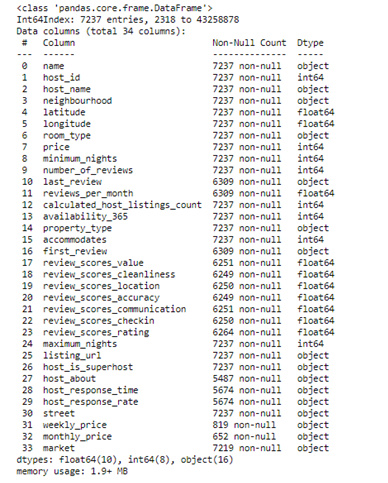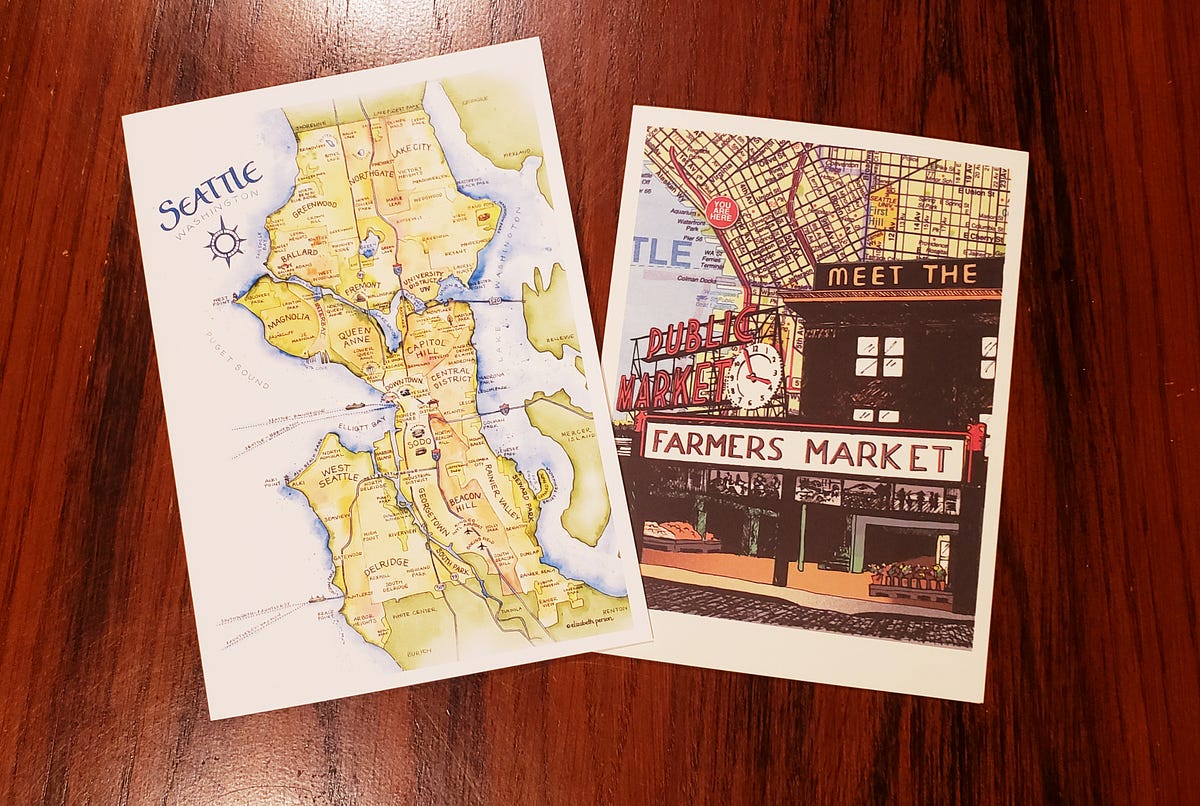_Since 2008, Airbnb has helped guests and hosts to travel in a more unique, personalized way. The company went from a single air mattress for rent to global cooperation valued at more than 30 billion dollars all thanks to its energetic founder- Brian Chesky. 2020 was supposed to be the golden year for Airbnb as it would go public and issue the worlds’ most sought after stocks. Tragically, Coronavirus happened. The travel sector was gutted by the pandemic. Airbnb now faces burning cash, angry hosts and an uncertain future as 2000 employees could potentially be discharged from their positions and the billion dollars debts with a high-interest rate that is being built to refund their customers. _(Grind, 2020)
_Nonetheless, things start to look up as June arrived. Airbnb reported having more nights booked for US listings between May 17 and June 3 than the same period last year. There was also a similar growth in domestic travel in countries that are successful in combating the virus: Germany, Portugal, South Korea, and New Zealand. Other companies, like Expedia and Booking.com also witnessed a jump in domestic vacation rental reservations. Months of pent-up demand is leading to a rush of summer reservations as more and more people are looking to escape their home coronavirus refuge. Now, Airbnb has more listings than it did before the crisis, focusing on exclusively traditional vacation rental markets top destinations in America. They are Big Bear Lake in Southern California, the Smoky Mountains, along the Tennessee-North Carolina border, and Port Aransas in Texas. __(Carville, 2020) _Still, any rebound is coming from a very low base with Chetsky said that he expected revenue this year to each half of 2019’s level in May’s live conference call announcement. He said going public this year is still an option but he will wait for the market to stabilize before making the final decisions.
As a previously trained hotelier who is living in Seattle, I want to do an analysis project on the current situation of Airbnb in Seattle in two parts. Part A will focus on the comparative study between two cities: Seattle and Washington DC. Seattle and Washington DC areas at the two ends of America that are widely known for different reasons: technological and cultural powerhouse vs political center, respectively. In addition, they share a similar population size (just over 700,000) and a number of listings (8740 and 9369). Then, in part B we will have a deeper look into Seattle’s market from perspectives of a governmental position and a traveler to recommend solutions that can benefit not only Airbnb but also the city and its citizens
In part B, we will create some visualizations, interactive maps and dive into natural language processing with the Airbnb 2020 Listings dataset of Seattle. Besides the standard ones, we introduced more libraries dedicated to creating maps (folium, geopandas), visualizations (plotly, cufflinks), natural language processing (re, nltk).

On top of the listings.csv and listings_details.csv that are mainly used for the analysis, we also employed ‘calendars’ and ‘review_details’ dataset in order to help us. As we mentioned in Part A, listings is basically the id of the advertisement. There were 7237 Airbnb listings in Seattle on April, 2020. The ‘listings’ contains 15 features while ‘listings_details’ contains 96. Instead of using all the columns that might be irrelevant, we selectively joined the number of variables that are useful to us for part B’s analysis. We also stripped “%“ off the “host_response_rate” feature.

#seattle #naturallanguageprocessing #data-science #travel #airbnb #python
